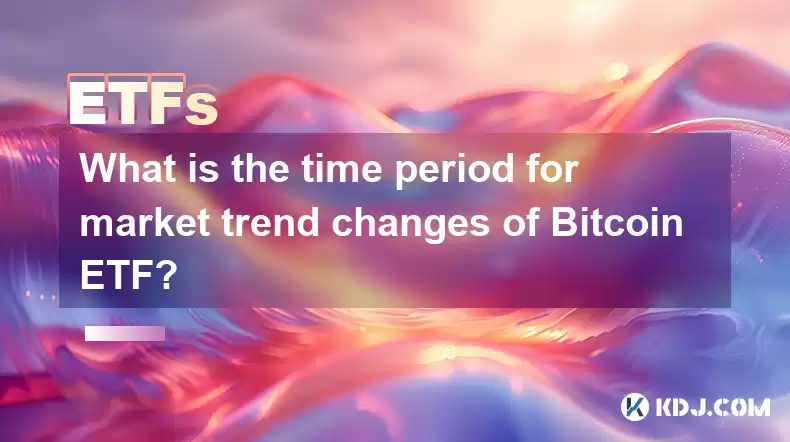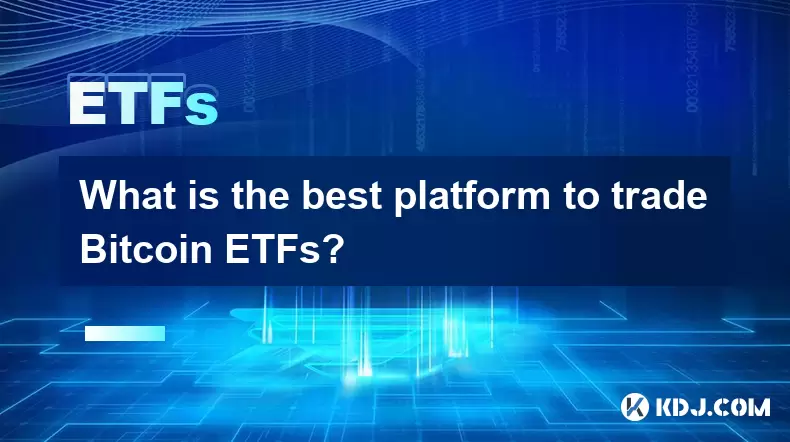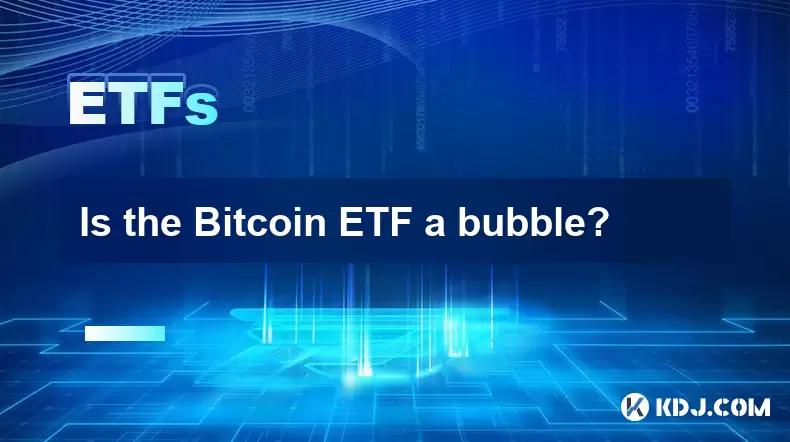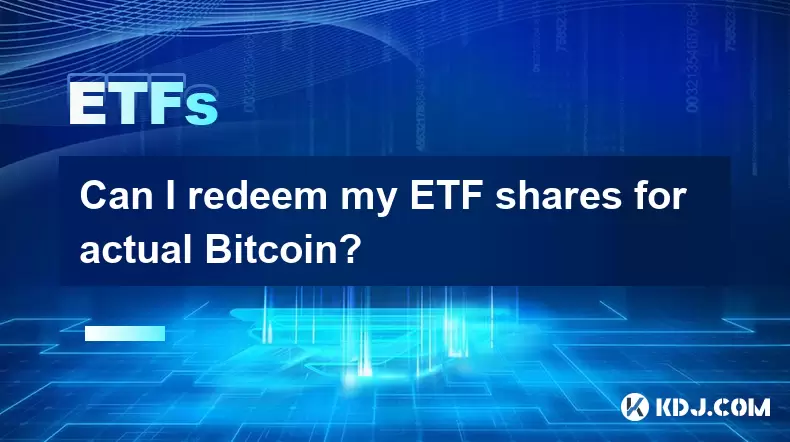-
 Bitcoin
Bitcoin $114500
-0.31% -
 Ethereum
Ethereum $3648
1.11% -
 XRP
XRP $3.033
-0.27% -
 Tether USDt
Tether USDt $0.9999
-0.01% -
 BNB
BNB $758.5
-0.32% -
 Solana
Solana $167.5
1.48% -
 USDC
USDC $0.9998
-0.02% -
 TRON
TRON $0.3331
0.74% -
 Dogecoin
Dogecoin $0.2039
0.25% -
 Cardano
Cardano $0.7419
-0.46% -
 Hyperliquid
Hyperliquid $39.21
2.66% -
 Stellar
Stellar $0.4049
-1.95% -
 Sui
Sui $3.483
-0.56% -
 Bitcoin Cash
Bitcoin Cash $570.8
2.89% -
 Chainlink
Chainlink $16.67
-0.57% -
 Hedera
Hedera $0.2470
-1.57% -
 Ethena USDe
Ethena USDe $1.001
0.00% -
 Avalanche
Avalanche $22.36
1.52% -
 Litecoin
Litecoin $123.4
4.35% -
 UNUS SED LEO
UNUS SED LEO $8.989
0.09% -
 Toncoin
Toncoin $3.324
-2.40% -
 Shiba Inu
Shiba Inu $0.00001219
-1.30% -
 Uniswap
Uniswap $9.811
2.54% -
 Polkadot
Polkadot $3.662
-0.07% -
 Monero
Monero $295.5
-3.85% -
 Dai
Dai $1.000
0.01% -
 Bitget Token
Bitget Token $4.345
0.24% -
 Cronos
Cronos $0.1380
0.95% -
 Pepe
Pepe $0.00001044
-1.14% -
 Ethena
Ethena $0.5981
-4.24%
What is the time period for market trend changes of Bitcoin ETF?
Bitcoin ETF approval may cause a short-term surge, but long-term trends depend on macroeconomic factors, regulations, and market sentiment, making precise predictions impossible.
Mar 30, 2025 at 01:08 pm

Understanding Bitcoin ETF Market Trend Changes: A Time-Based Analysis
Predicting the precise timeframe for Bitcoin ETF market trend changes is impossible. The market's behavior is influenced by a multitude of interconnected factors, making definitive predictions unreliable. However, we can analyze potential contributing factors and their typical influence on shorter and longer-term trends.
The approval of a Bitcoin ETF itself would likely trigger a short-term price surge, possibly lasting for several days or even weeks. The initial excitement and increased institutional investment would drive this upward trend. This period could be marked by high volatility, as traders react to the news and adjust their positions. This initial reaction, however, is not indicative of long-term trends.
Longer-term trends (months or years) are far more complex. They're shaped by broader macroeconomic conditions, regulatory developments, and the overall sentiment within the cryptocurrency market. A positive macroeconomic environment, coupled with favorable regulatory changes, could sustain a bullish trend for an extended period. Conversely, negative economic news or tightening regulations could trigger a bearish trend.
The influence of macroeconomic factors is crucial. For example, periods of high inflation might see investors seeking refuge in Bitcoin, boosting its price. Conversely, rising interest rates could shift investment away from riskier assets like Bitcoin, leading to price declines. These macroeconomic trends unfold over months or even years, significantly impacting the long-term trajectory of Bitcoin ETF prices.
Regulatory changes also play a pivotal role. New regulations, whether favorable or unfavorable, can dramatically shift investor sentiment and market dynamics. A clear regulatory framework could boost confidence and attract more institutional investment, supporting a bullish trend. Conversely, restrictive regulations could lead to decreased investment and a bearish trend. These regulatory shifts often occur over extended periods, impacting long-term trends.
The overall sentiment within the cryptocurrency market also matters. Periods of widespread optimism can fuel a bull market, while fear and uncertainty can trigger a bear market. News events, technological advancements, and even social media trends can influence this overall sentiment, impacting Bitcoin ETF prices in both short and long terms.
Analyzing historical data of similar financial instruments can offer some insight, but direct comparison is limited due to Bitcoin's unique characteristics. While traditional ETFs show predictable patterns to some degree, Bitcoin's volatility and susceptibility to external factors make precise predictions challenging. Past performance is not necessarily indicative of future results.
Let's explore some typical scenarios and their potential timeframes:
- Short-Term (Days to Weeks): Immediate post-approval surge, driven by initial excitement and increased trading volume. Volatility is high during this period.
- Medium-Term (Weeks to Months): Market consolidation, where prices adjust to the new reality of a Bitcoin ETF. Influenced by broader market sentiment and minor news events.
- Long-Term (Months to Years): Trend shaped by macroeconomic factors, regulatory changes, and overall market sentiment. This is where the true impact of the ETF's approval becomes apparent.
The interplay between these factors makes predicting precise timeframes for Bitcoin ETF market trend changes difficult, if not impossible. Understanding the contributing elements allows for a more nuanced understanding of potential market movements, although it doesn't offer concrete predictive power.
Frequently Asked Questions
Q: How long does it typically take for a new ETF to impact market trends?
A: The impact varies. Initial price movements can be seen within days, but the full effect on long-term trends often unfolds over months or even years, depending on market conditions and other factors.
Q: Are there any historical examples of ETF launches and their impact on market trends?
A: While direct comparisons to a Bitcoin ETF are limited, analyzing the launches of other commodity or sector ETFs can provide some insights into the potential short-term and long-term effects. However, remember that Bitcoin's volatility introduces unique variables.
Q: What macroeconomic factors most heavily influence Bitcoin ETF prices?
A: Inflation rates, interest rates, and overall economic growth are significant factors. A strong economy might lead to increased investment in riskier assets like Bitcoin, while economic downturns could trigger sell-offs.
Q: How do regulatory changes impact Bitcoin ETF market trends?
A: Clear, favorable regulations tend to attract institutional investment, boosting prices. Conversely, restrictive or unclear regulations can decrease investor confidence and lead to price drops. The impact often plays out over the medium to long term.
Q: Can social media sentiment predict Bitcoin ETF price movements?
A: Social media sentiment can offer clues about market sentiment, but it's not a reliable predictor. It's one factor among many that influence price movements, and its impact is often short-lived.
Q: What role does institutional investment play in Bitcoin ETF market trends?
A: Institutional investment significantly impacts long-term trends. Large-scale inflows from institutions tend to create sustained upward pressure, while withdrawals can contribute to bearish trends.
Q: Is it possible to accurately predict Bitcoin ETF price movements?
A: No, accurately predicting Bitcoin ETF price movements is not possible due to the multitude of interconnected factors influencing the market. While analysis can help understand potential influences, precise predictions are highly unlikely.
Disclaimer:info@kdj.com
The information provided is not trading advice. kdj.com does not assume any responsibility for any investments made based on the information provided in this article. Cryptocurrencies are highly volatile and it is highly recommended that you invest with caution after thorough research!
If you believe that the content used on this website infringes your copyright, please contact us immediately (info@kdj.com) and we will delete it promptly.
- Metamask, Altcoins, and the Move: Is Cold Wallet the Future?
- 2025-08-06 04:30:12
- BlockDAG, BNB, and SEI: What's Hot and What's Not in the Crypto World
- 2025-08-06 04:50:13
- Coinbase (COIN) Stock Trading Lower: Navigating the Crypto Equity Reset
- 2025-08-06 04:35:13
- Meme Coins Skyrocket: Is Dogecoin About to Be Dethroned?
- 2025-08-06 03:50:13
- Tether's On-Chain Surge: USDT Dominates and Drives Blockchain Fees
- 2025-08-06 02:50:13
- Bitcoin, Treasury, Country: Bolivia Follows El Salvador's Lead, While TON Strategy Co. Makes Waves
- 2025-08-06 03:50:13
Related knowledge

What is the best platform to trade Bitcoin ETFs?
Jul 23,2025 at 04:14am
Understanding Bitcoin ETFs and Their Role in TradingBitcoin Exchange-Traded Funds (ETFs) have gained significant traction among traditional and crypto...

What is the best platform to trade Bitcoin ETFs?
Jul 17,2025 at 03:50pm
Understanding Bitcoin ETFs and Their Role in the MarketBitcoin Exchange-Traded Funds (ETFs) are investment vehicles that track the price of Bitcoin wi...

Will a Bitcoin ETF be available in my 401(k)?
Jul 17,2025 at 10:42pm
What is a Bitcoin ETF?A Bitcoin ETF (Exchange-Traded Fund) is an investment vehicle that tracks the price of Bitcoin without requiring investors to di...

Who is the authorized participant for a Bitcoin ETF?
Jul 18,2025 at 12:42am
Understanding the Role of Authorized Participants in Bitcoin ETFsIn the context of Bitcoin Exchange-Traded Funds (ETFs), an authorized participant (AP...

Is the Bitcoin ETF a bubble?
Jul 20,2025 at 06:57am
Understanding the Bitcoin ETF ConceptA Bitcoin Exchange-Traded Fund (ETF) is a financial product that aims to track the price of Bitcoin without requi...

Can I redeem my ETF shares for actual Bitcoin?
Jul 17,2025 at 03:14pm
Understanding ETF Shares and Their Relation to BitcoinExchange-Traded Funds (ETFs) have become a popular investment vehicle for those looking to gain ...

What is the best platform to trade Bitcoin ETFs?
Jul 23,2025 at 04:14am
Understanding Bitcoin ETFs and Their Role in TradingBitcoin Exchange-Traded Funds (ETFs) have gained significant traction among traditional and crypto...

What is the best platform to trade Bitcoin ETFs?
Jul 17,2025 at 03:50pm
Understanding Bitcoin ETFs and Their Role in the MarketBitcoin Exchange-Traded Funds (ETFs) are investment vehicles that track the price of Bitcoin wi...

Will a Bitcoin ETF be available in my 401(k)?
Jul 17,2025 at 10:42pm
What is a Bitcoin ETF?A Bitcoin ETF (Exchange-Traded Fund) is an investment vehicle that tracks the price of Bitcoin without requiring investors to di...

Who is the authorized participant for a Bitcoin ETF?
Jul 18,2025 at 12:42am
Understanding the Role of Authorized Participants in Bitcoin ETFsIn the context of Bitcoin Exchange-Traded Funds (ETFs), an authorized participant (AP...

Is the Bitcoin ETF a bubble?
Jul 20,2025 at 06:57am
Understanding the Bitcoin ETF ConceptA Bitcoin Exchange-Traded Fund (ETF) is a financial product that aims to track the price of Bitcoin without requi...

Can I redeem my ETF shares for actual Bitcoin?
Jul 17,2025 at 03:14pm
Understanding ETF Shares and Their Relation to BitcoinExchange-Traded Funds (ETFs) have become a popular investment vehicle for those looking to gain ...
See all articles

























































































